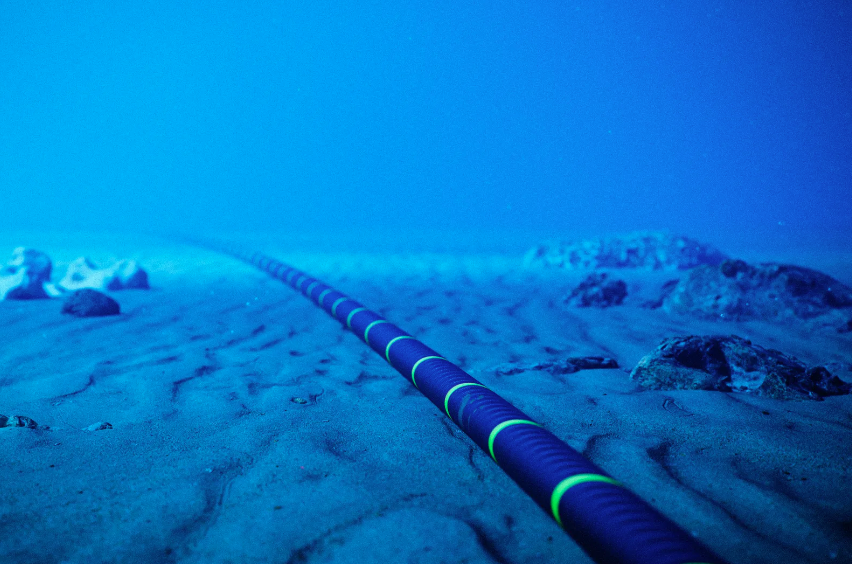
Did you know that the first international submarine cable was built in 1850 and it connected Great Britain with France through the Strait of Dover? After its success, work began on the Transatlantic Telegraph Cable, which aimed to connect America with Europe. The project started in 1857 but it wasn’t until 1866, after several attempts, that the first cable was successfully installed. The first communication was made between U.S. President James Buchanan and Queen Victoria on August 16, 1858. It is worth noting that the message contained only 98 words and took 16 hours to be sent.
In the 1980s, with the advent of fiber optics, things took a turn as communication became more efficient. This is why, in the 21st century, 98% of all internet traffic is carried through submarine cables that cross the oceans of the world. Currently, this immense network of cables has a length of 1.3 million kilometers and lies at depths of more than 8,000 meters.
To give us an idea, social networks, and the use of video and music platforms require the permanent use of data. According to estimates, each person on Earth generates 1.7 MB of data every second. Due to the increase in internet usage, in 2021 there were approximately 426 submarine cables in service worldwide. These cables cannot be placed just anywhere, such as in fishing zones or anchorage areas.
To survive the contingencies of the marine world, these cables are composed of seven layers of protection. Their core is made of fiber optics covered and protected by layers of copper, polycarbonate, aluminum, steel, and polyethylene. These cables must be resistant, considering that there have already been cases of sharks attacking the cables.
Currently, large companies are behind the installation of these cables and make the largest investments. For example, Facebook and Google are currently extending the cable network to connect Indonesia, Singapore, and North America. This topic raises suspicions, considering that whoever controls the cables, therefore controls the internet. It is important, therefore, to demand regulation of this now fundamental infrastructure

